In this edition of the Investments Roundup, we speak with Aaron Filbeck, Managing Director, Global Content Strategy at the CAIA Association, our Investment Solutions Leader of the Month, about continuing education in investments.
This edition of the Investments Roundup also features CION Investments and GCM Grosvenor launching an infrastructure fund, Simplify launching a China A Shares ETF, Horizon Investments hiring Clark Allen, Infrastructure Capital Advisors launching a high-yield fixed income ETF, BlackRock introducing new ETFs, CFRA predicting effects of Vanguard cutting fees, HFR saying hedge funds begin 2025 positive, FUSE projecting BDs and RIAs to hold $3 trillion in alts by 2029 and Pacific AM launching its emerging markets ETF.
Larry’s Take

The mighty ETF keeps growing. In June, Cerulli predicted that ETFs would continue to grow in usage among advisors. Every week we hear of ETF launches from new and established players with various and often innovative themes. Cerulli said ETF popularity is due to the proliferation of model portfolios.
While that is true, this trend has multiple origins. The advantages that ETFs often have over mutual funds in pricing, transparency and liquidity, coupled with cost competition such as Vanguard lowering fees, make this an attractive vehicle for advisors to park client investments. BlackRock’s conversion of its High Yield Municipal Fund into an ETF demonstrates how ETFs are winning over funds.
At the same time, Simplify’s ETF with options-based positions in domestic Chinese markets shows the creativity that’s available for client portfolios – even for the mass affluent. We are witnessing the democratizing of strategies formerly for high net worth and above, while at the same time client sophistication and access to information is burgeoning. This will play to the advantage of advisors who keep pace with ETF evolution and bring it to their clients.
If you want to discuss Larry’s Take further, including how these trends might impact your business, please contact me at larry.roth@rlrstrategicpartners.com.
Investment Solutions Leader Of The Month, Aaron Filbeck, Discusses Investments Education
The Chartered Alternative Investment Analyst (CAIA) Association, a global professional body for the alternative investments industry, provides education and research focused on alternatives. Its educational content includes the CAIA charter and various certificates and microcredentials on its UniFi by CAIA platform.
Aaron Filbeck led the UniFi platform for three years, until he took a new role as Managing Director, Global Content Strategy in November. He is also an Adjunct Professor of Finance at Penn State University and a Board Director and Chair of the Programs Committee of the CFA Society Philadelphia.
We asked Filbeck about continuing education for investments, as follows:
WSR: What advantages are there for advisors in receiving ongoing investments education?
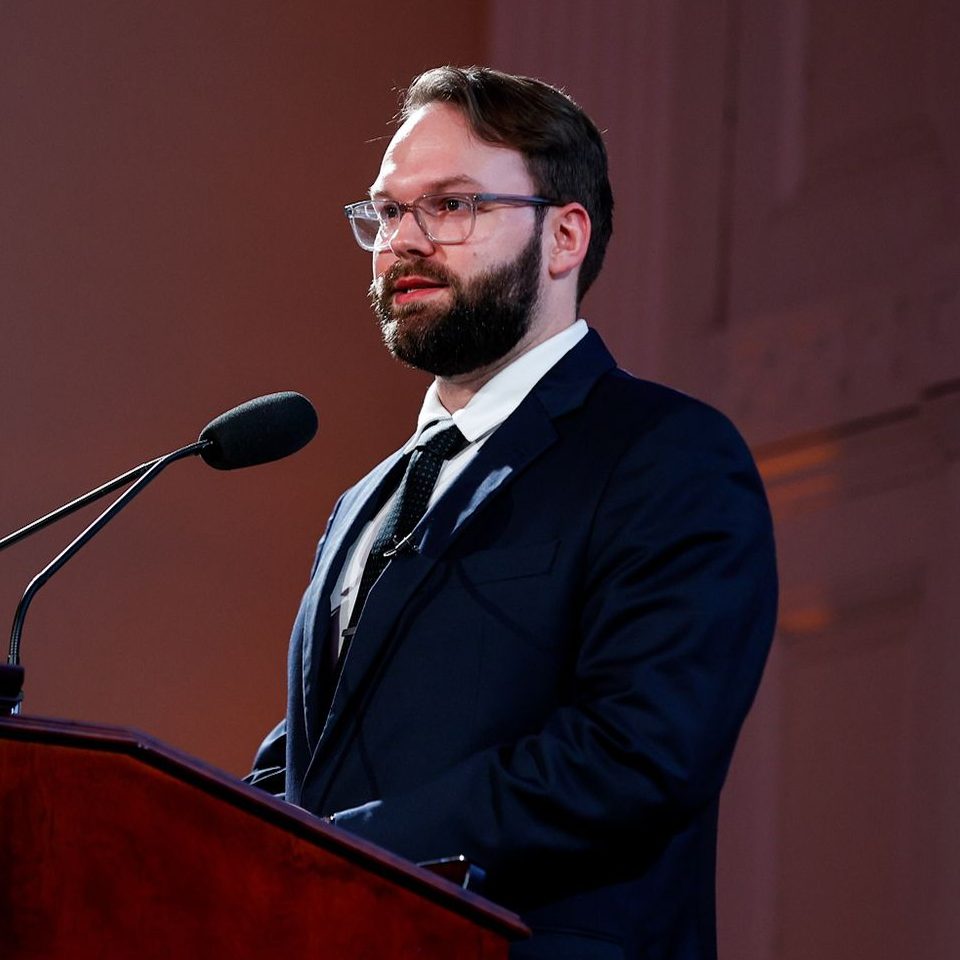
Filbeck: Every forward-thinking advisor knows capital markets are always changing — but the real edge comes from seeing why they change and what’s around the bend before anyone else. In private markets, the relationship between public and private continues to blur, and history may no longer be a roadmap for the future.
Further, product development is evolving rapidly, and advisors should be educated on the benefits and drawbacks of specific product wrappers. Public and private markets are no longer distinct industries from one another. They’re actively converging across product offerings. This will impact the way advisors work on behalf of their clients.
WSR: What does CAIA have planned for this year in terms of educational offerings?
Filbeck: CAIA offers the CAIA Charter Program and the UniFi by CAIA learning platform.
The CAIA Charter Program is a professional designation, with content updated annually to continuously reflect the rapid evolution across the alternative investments industry. In the 2025 curriculum, we increased our asset class coverage of infrastructure and venture capital and portfolio management topics around continuation funds, sustainability and the Total Portfolio Approach.
On the UniFi by CAIA platform, we plan to launch a new Portfolio Implementation Microcredential this year. This program will focus on helping wealth managers design and implement a portfolio that contains public and private market funds, including operations, fund structures and asset allocation techniques.
WSR: How does your personal role fit into CAIA’s initiatives?
Filbeck: As part of the CAIA Association’s executive leadership team, I shape our content strategy to deliver insights that empower stakeholders — helping them make informed decisions, stay ahead of trends and navigate the complexities of the global investment landscape. I have the privilege of engaging with investment professionals globally that inform the content we put out for our members and the broader investment community.
CION Investments And GCM Grosvenor Launch $240 Million Infrastructure Fund
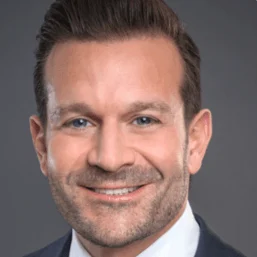
CION Investments and GCM Grosvenor announced the launch of the CION Grosvenor Infrastructure Fund (CGIF), an evergreen interval fund designed to provide individual investors with access to GCM Grosvenor’s institutional private infrastructure platform. The fund had a $240 million portfolio with 43 infrastructure assets at launch, with an additional $82 million committed.
CGIF invests in both traditional and new infrastructure sectors, including transportation, digital, energy and supply chain assets. It will offer liquidity of up to 5% of net asset value per quarter. The fund will pair CION’s product management and distribution with GCM Grosvenor’s infrastructure investment platform, with the goals of fee efficiency and diversified exposure to private assets.
“Our firm’s mission has been to provide individual investors, through their financial advisors, with access to the private markets,” said Michael A. Reisner and Mark Gatto, Co-CEOs of CION. “GCM Grosvenor is a proven manager, infrastructure is an attractive asset class, and CGIF’s interval fund structure matches the needs of individual investors.”
Simplify Launches China A Shares ETF With Income-Generating Options Strategy
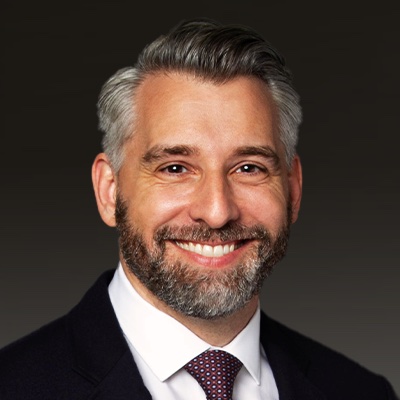
Simplify Asset Management introduced the Simplify China A Shares PLUS Income ETF (CAS), an actively managed fund that provides exposure to Chinese mainland-listed equities with an options overlay to generate additional income. The fund uses total return swaps instead of directly holding shares. CAS offers exposure to small, mid and large-cap Chinese equities that trade domestically within China (A shares).
The options overlay, which is risk-managed, is created by selling put spreads across equities, fixed income, ETFs and commodities. The use of total return swaps through major global banks allows the fund to track A share indexes while benefiting from favorable funding rates versus physical shares.
“China is and will remain a key component of any well-diversified international portfolio, but the means through which investors add their China exposure must change with the times,” said David Berns, CIO and Co-Founder of Simplify. “By accessing A share performance via total return swaps, investors do not face the possibility of their capital being locked up.”
Horizon Investments Enters Active ETF Market, Appoints Clark Allen As Head Of ETFs

Horizon Investments has launched its first two actively managed ETFs. The Horizon Expedition Plus ETF (HBTA) aims for higher volatility by combining large-cap U.S. stocks with options strategies, while the Horizon Landmark ETF (BENJ) focuses on total return through short-term Treasurys and options.
The ETFs, which trade on the New York Stock Exchange, are the first in a planned series of funds designed to complement and expand Horizon’s current funds. As part of this initiative, the firm named Clark Allen as Head of ETFs. Allen was previously Horizon’s Director of Quantitative Research.
“The needs of today’s advisors are only getting more complex, so the tools available to the advisor community must keep pace,” Allen said. “As my colleagues and I look across the ETF landscape, we see a great deal of innovation taking place. The differentiated suite we are crafting will provide powerful new building blocks for advisors who adhere to the ‘rep-as-PM’ ethos.”
Infrastructure Capital Advisors Launches High-Yield Fixed Income ETF
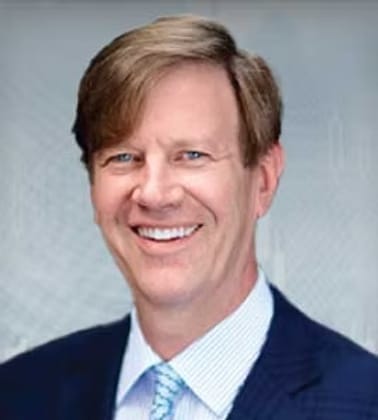
Infrastructure Capital Advisors launched the Infrastructure Capital Bond Income ETF (BNDS), an actively managed fund designed to generate income through fixed-income securities, with a focus on corporate bonds. Managed by CEO and Portfolio Manager Jay D. Hatfield and Portfolio Manager Andrew Meleney, the fund aims to maximize current income while seeking capital appreciation. It allocates at least 80% of its assets to fixed income.
The ETF targets high yield securities believed to be undervalued, using quantitative and qualitative analysis to assess term premium, credit premium, liquidity premium, industry, sector and market capitalization.
“There continue to be opportunities to find both alpha and compelling income in the fixed-income markets. The key, however, is in knowing where to look,” said Hatfield. “We believe active management is essential for successful income investing. Through vigilant risk management, and by focusing on interest rate, credit, and call risks, BNDS is poised to benefit from our active management process.”
BlackRock Launches ETFs With High-Yield Municipal Bond And Accelerated Return Strategies

BlackRock launched two ETFs, one aimed at enhancing investor access to high-yield municipal bonds and the other at accelerated returns. The firm has converted its BlackRock High Yield Municipal Fund into the iShares High Yield Muni Active ETF (HIMU), providing investors with the goal of providing tax-exempt income with the attributes of an ETF. Leveraging BlackRock’s Municipal Bond Group, HIMU seeks to maximize federal tax-exempt income with strong credit quality.
BlackRock also introduced the iShares Large Cap Accelerated ETF (TWOX), the firm’s first accelerated return strategy in an outcome-oriented ETF. TWOX is designed to provide up to twice the price return of the iShares Core S&P 500 ETF (IVV) with a cap, The goal of the structure is to provide enhanced returns in a moderate growth environment.
“A moderating market could be a hurdle for investors seeking attractive returns. As investors increasingly turn to precision tools to express their views on the equity market, they now have products ranging from protection to enhanced return to do so,” said Rachel Aguirre, Head of U.S. iShares Products at BlackRock. “TWOX represents the latest step in our product innovation journey and our ambition in the outcome-oriented ETF space.”
Vanguard’s ETF Fee Cuts Reshape Competitive Landscape, Says CFRA’s Aniket Ullal

According to Aniket Ullal, Head of ETF Research at CFRA, Vanguard’s recent expense ratio reductions across 53 ETFs will have varying effects depending on the category of ETF. In ex-U.S. equities and dividend ETFs, where Vanguard has a lead, the fee cuts will likely reinforce its dominance and pressure competitors’ margins. However, in areas like U.S. sector ETFs and equity ETFs tied to Russell indexes, Vanguard’s lower fees may help it gain market share.
Ullal notes that the fee reductions bring Vanguard’s pricing for U.S. sector ETFs in line with State Street, positioning it for potential asset growth. Similarly, in the U.S. equity space, Vanguard’s lower-cost Russell-linked ETFs may attract investors despite BlackRock maintaining a strong lead. In fixed income, where Vanguard and BlackRock remain close rivals, Vanguard’s fee cut on its emerging market bond ETF may be a strategic move to compete with BlackRock.
Looking ahead, Ullal suggests that the impact of these reductions will depend on competitors’ reactions. BlackRock, with its scale, is best positioned to match Vanguard’s aggressive pricing in core, indexed segments. He expects JP Morgan and Capital Group to focus on higher-margin areas such as active management, alternatives and options-based strategies.
Hedge Funds Begin 2025 With Gains, According To HFR

Hedge funds posted positive returns in January, navigating political transitions, economic policy changes and market fluctuations, according to HFR’s latest report. The HFRI Fund Weighted Composite Index gained 1.4% for the month, led by the directional HFRI Equity Hedge Index, which gained 2.1%, due to multi-strategy, fundamental value, and quantitative directional strategies.
Event-driven strategies, which focus on M&A speculation and deep value equity, were lifted due to expectations of increased M&A activity under the new administration, with the HFRI Event-Driven (Total) Index gaining 0.9%.
“Hedge funds posted gains to begin 2025, effectively navigating a challenging environment dominated by volatility in the technology sector, as well announcements of executive orders and implementation of new policies,” said Kenneth J. Heinz, President of HFR. “Managers have been positioning for this dynamic environment for several months, with intensive positioning since the U.S. election in November.”
BDs And Independent RIAs Projected To Hold $3 Trillion In Alts By 2029
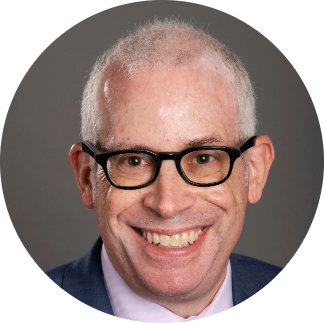
According to a report from FUSE Research Network, wealth management channels such as broker-dealers and independent RIAs account for $1.37 trillion in alternative assets in the U.S. FUSE expects that number to grow at a 17% compound annual growth rate to reach $3.03 trillion by 2029.
FUSE attributes this to overall growth in alternative investments, and the wealth management channels’ share is expected to increase, especially for illiquid assets. Alts are often limited to accredited investors, a group that is growing as more investors meet the $1 million net-worth threshold. Traditional asset managers BlackRock, Franklin Templeton and Thornburg are promoting alts for wealth management channels.
“Traditional managers start with more advisor relationships in wealth channels, and 42% of asset managers surveyed by FUSE employ ‘alternatives specialists’ who supplement salespeople with in-depth knowledge and education,” said Loren Fox, Director of Research at FUSE Research Network.
Pacific Asset Management Launches First Emerging Market Equities Active ETF

Pacific AM, the London-based asset manager (known as Pacific Asset Management outside of the U.S.), launch its first actively managed ETF, the Pacific NoS Global EM Equity Active ETF (GEME), trading on NASDAQ. The ETF offers a concentrated, value-oriented portfolio of large- and mid-cap emerging market equities and is managed by North of South Capital (NoS).
The GEME ETF follows the same approach as the Pacific NoS Global EM Equity Strategy, launched in August 2024. The ETF seeks undervalued companies across major emerging markets to achieve long-term capital appreciation by investing in companies with established business models and predictable cash flows. It has a net expense ratio of 0.75%.
Sebastian Stewart, Partner and Head of U.S. Institutional Sales at Pacific Asset Management, said: “We truly believe the Active ETF structure is the future for US investors looking to benefit from institutional-quality active management in a regulated fund wrapper. Active ETFs are typically more transparent, accessible, tax-efficient, and cost-effective.”
Julius Buchanan, Editor in Chief at Wealth Solutions Report, can be reached at julius.buchanan@wealthsolutionsreport.com.














